Why Don't Japanese Questions Have Question Marks?
/
Often, questions written in Japanese end in a full stop, not a question mark. But why?
When not to use a question mark
If a question ends in the question marker ka (か), it doesn't need a question mark, because the 'ka' tells us that this is a question:
今何時ですか。
Ima nanji desu ka.
What time is it?
That doesn't mean you can't use a question mark with か. People do it, especially in casual contexts. You just don't need to (and you shouldn't in formal writing).
Here's a question with か and a question mark, from the McDonald’s Japan website:
ハンバーガーは長い間放置しても腐らないと聞きました。本当ですか?
Hambaagaa wa nagai aida houchi shitemo kusaranai to kikimashita. Hontou desu ka?
I heard you can leave a hamburger for a long time and it won't go bad. Is that true?
Adding a question mark after か here makes 本当ですか? sound a bit more casual, friendly and questioning.

When to use a question mark
In questions without ka, question marks are pretty common:
明日は?
Ashita wa?
How about tomorrow?
お仕事は?
O-shigoto wa?
What's your job?
学校に行った?
Gakkou ni itta?
You went to school?
Without a question mark, these short written statements wouldn't obviously be questions.

That's all from me for today. So... any questions?
First published December 11, 2015
Updated December 13, 2018
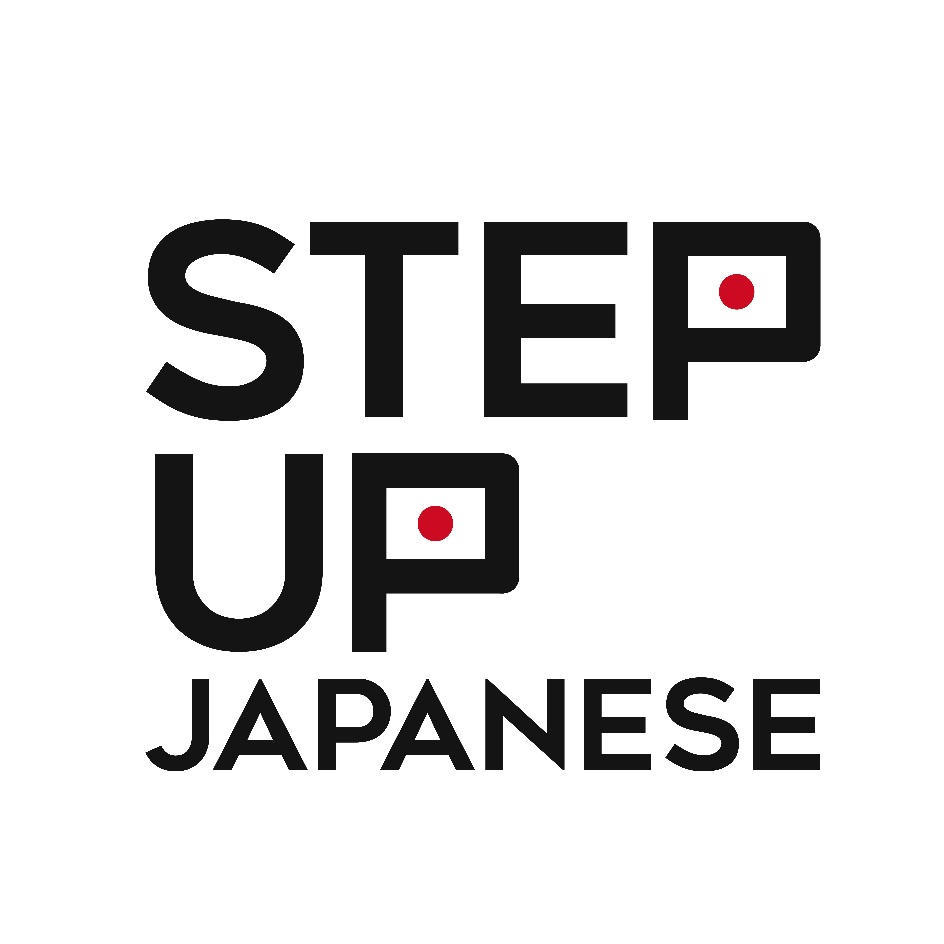







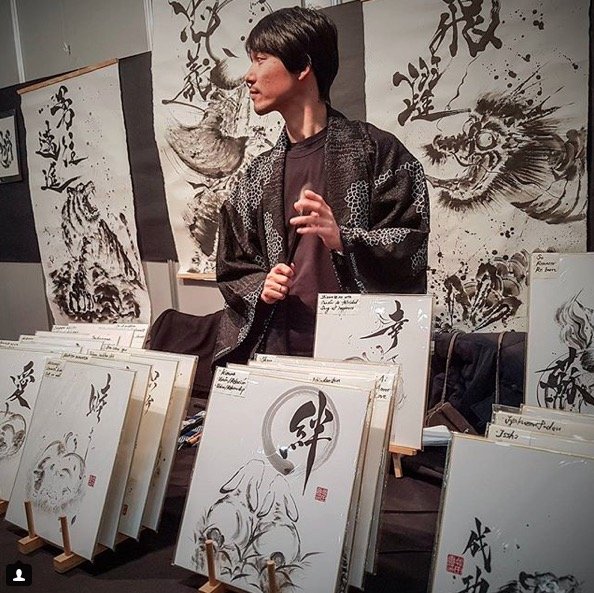
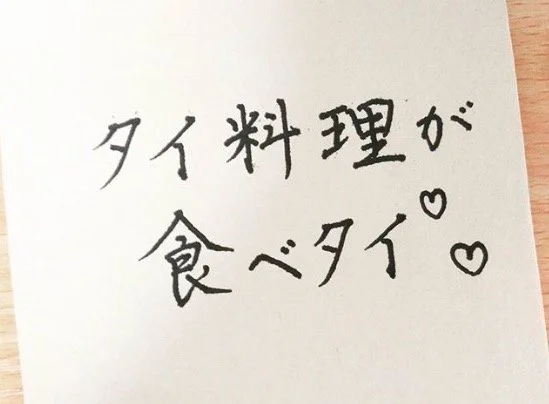
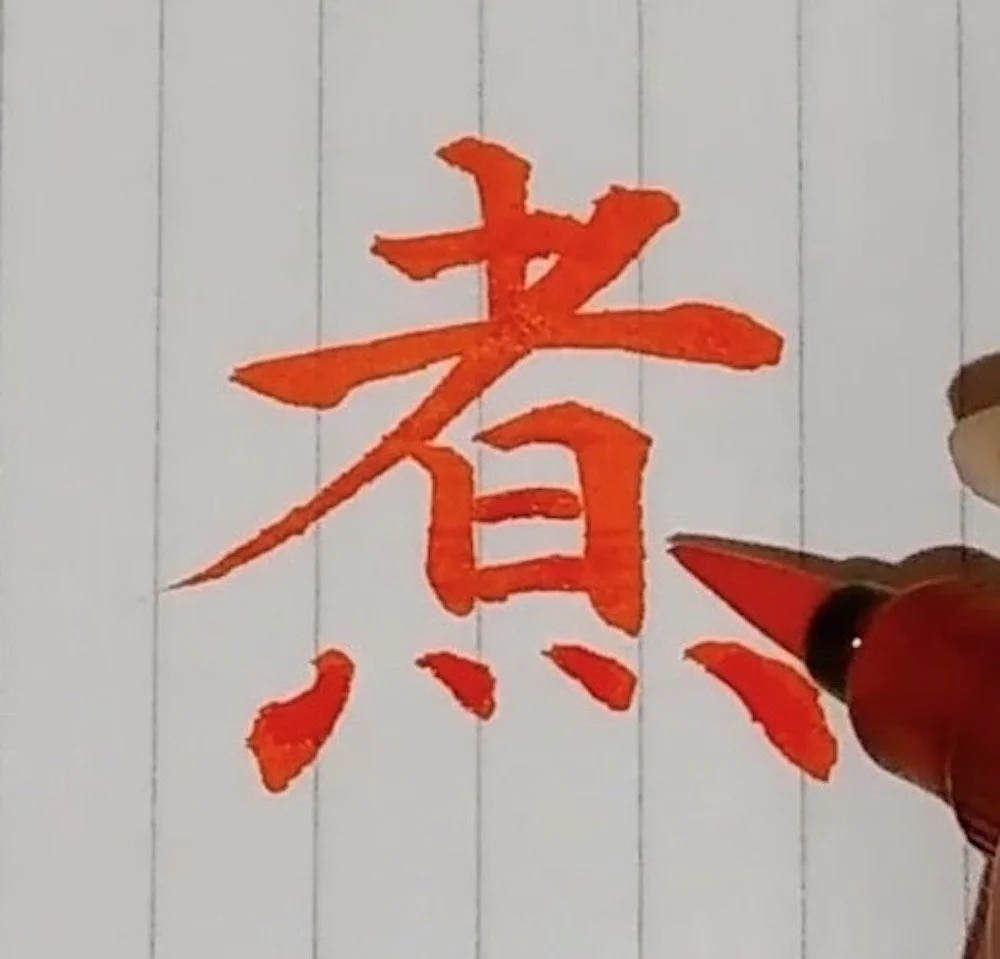
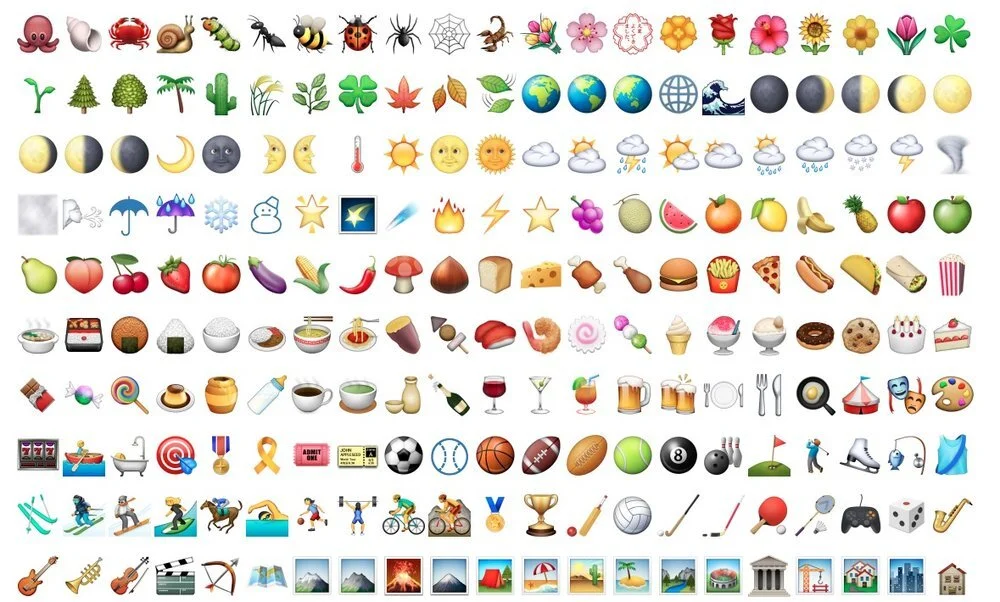


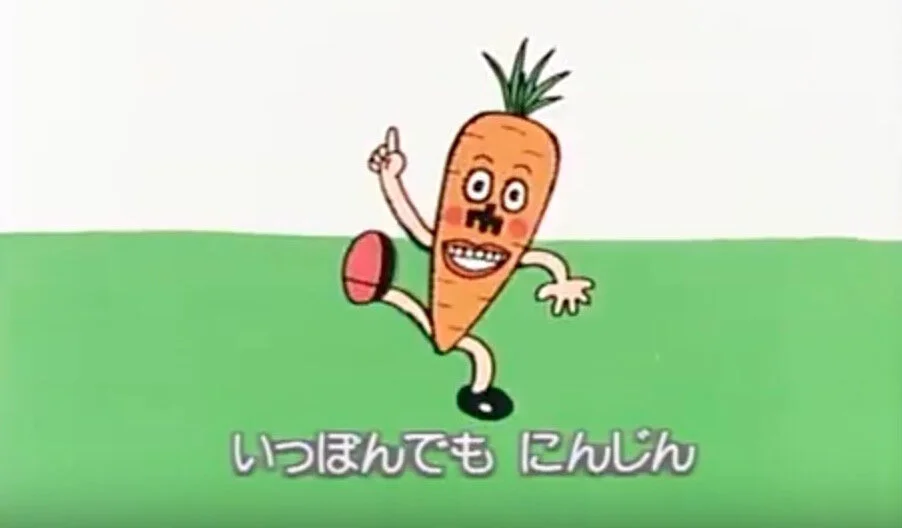


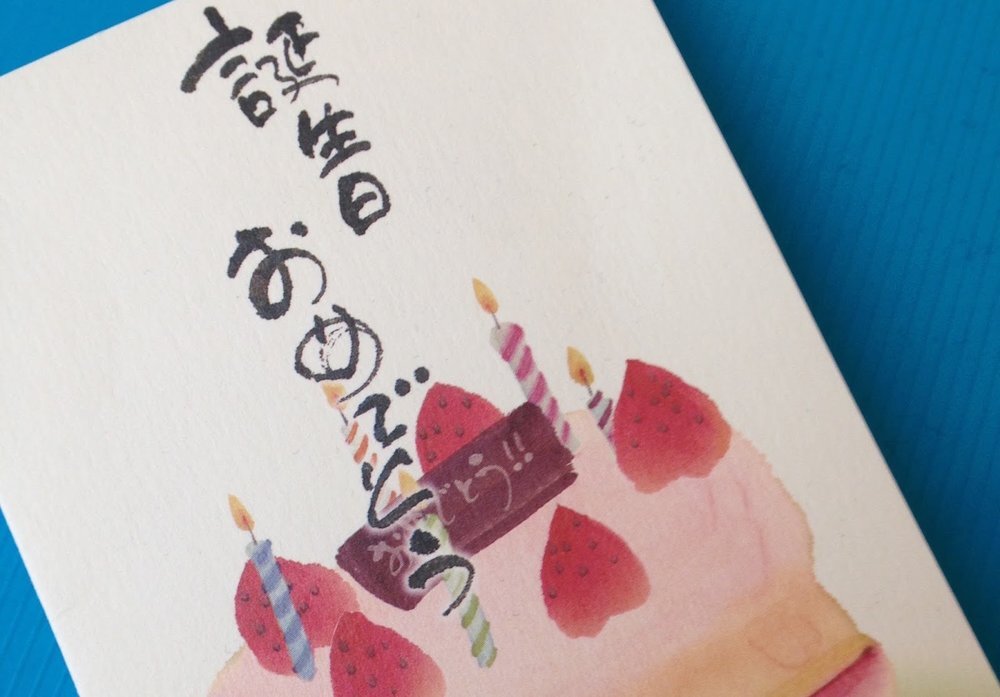




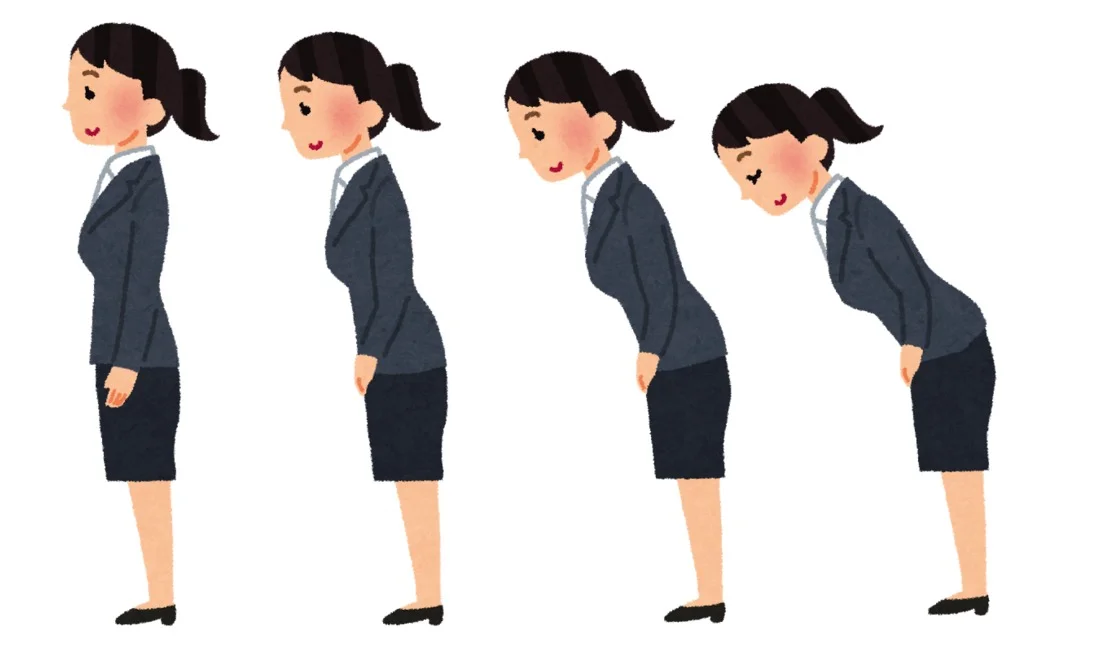









Like many people in the UK, I studied French in school. I liked French. I thought it was really fun to speak another language, to talk with people, and to try and listen to what was going on in a new country. (Still do!)
When I was 14 we went on a school exchange to the city of Reims, in northeastern France. I was paired with a boy, which I’m sure some 14-year-olds would find very exciting but which I found unbearably awkward. He was very sweet and we completely ignored each other.
That was nearly 20 years ago, and I didn’t learn or use any more French until, at some point in lockdown, I decided on a whim to take some one-to-one lessons with online teachers. Here are some things I learned about French, about language learning, and about myself.